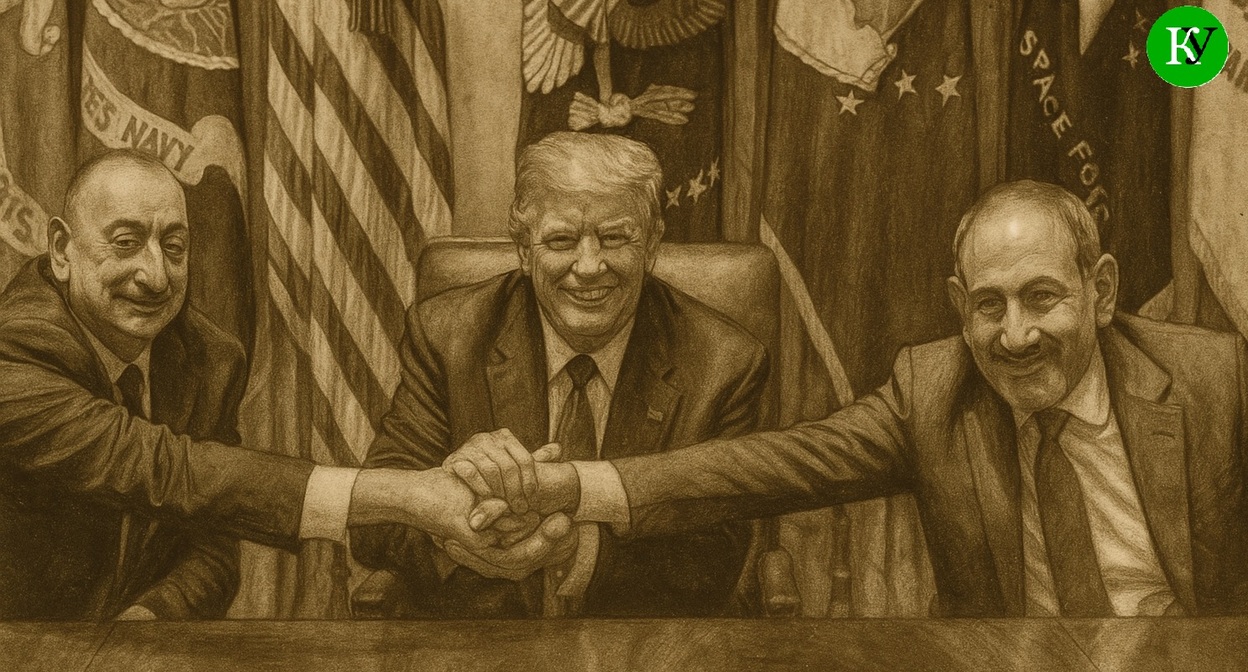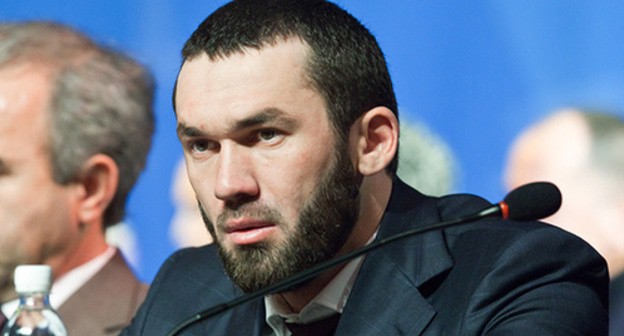Dargins
They call themselves Dargin. The native population of Dagestan, they live in the central part of Dagestan (zones of the mountains and the foothills); part moved to the plain (Khasavjurt, Kayakent and the other districts). As a result of consolidation Dargins were joined by the Kaitags (they call themselves khaidak) and Kubachins (they call themselves urbugan). According to the data of 1989 their population is 353,3 thousand people (in 1985 - 330 thousand). The language belongs to the Nach-Dagestan group of the North Caucasus family. Most important dialects are: Akushin, Urakhin (Khurkilin), Tsudakhar, Sirkhin, Meklin, Muerin, Khaidak, Kubachin, Chirag, Kadar, Megeb. The literary language is based on the Akishin dialect. Written language is based on Russian alphabet. Russian language is also common. Religious people are Moslems-sunnits.
Dargins were first (9th century) mentioned in the Arab sources that describe Kaitags and Kubachins. Until the middle of the 19th century their territory was part of a big feudal formation - Kaitag utsmijstvo and the unions of the ?free societies? that occupied the mountain villages (for example, Akusha-Dargo). Since they joined Russia in the second half of the 19th century, capitalist relations started to appear. Traditional occupations are cattle breeding (mainly distant-pasture sheep breeding and stationery cattle breeding ), agriculture (barley, wheat, millet, corn, beans) and horticulture ( nowadays - vegetable gardening). Part of the villages (Kubachi, Kharbuk, Sulevkent, Amuzghi etc.) specialized in trades, especially jewelry and armory (Kubachins) as well as making felts, pottery, processing wood, stone and leather. They practiced their trades travelling to other places. Dargins developed diversified industry, mechanized agriculture. Old trades became arts, like metal processing in Kubachi. National intelligentsia had appeared.
The mountain villages of the Dargins are mainly dense, located on terraces, at the foothills the settlements are less dense, the houses have the yards. The main type of a traditional dwelling in the mountains are the two-floor and the multi-floor houses with a flat roof, at the foothills - two-floor and the one-floor houses.
The male traditional costume is of a general Dagestan type - a shirt, trousers, beshmet, cherkeska, burka, sheepskin coats-cloaks, leather and felt shoes. Female costume included a dress-shirt, wide or narrow trousers, in some villages - the dress of arkhaluk type, different fur coats; the local head gear - chukhta (had local versions) and a cover, richly decorated with silver decorations and embroidery. Traditional is similar to that of the other peoples of Dagestan - flour, meat and milk.
The base of traditional social organization were the village societies, in the past they formed the independent or dependent feudal unions of village societies. The family is of a nucleus type, with some remnants of the extended family organization in the form of non-divided families. The system of relations is of an Arab type.
There remained the rich folklore, calendar (especially the holiday of the first furrow) and wedding rites.





![Tumso Abdurakhmanov. Screenshot from video posted by Abu-Saddam Shishani [LIVE] http://www.youtube.com/watch?v=mIR3s7AB0Uw Tumso Abdurakhmanov. Screenshot from video posted by Abu-Saddam Shishani [LIVE] http://www.youtube.com/watch?v=mIR3s7AB0Uw](/system/uploads/article_image/image/0001/18460/main_image_Tumso.jpg)